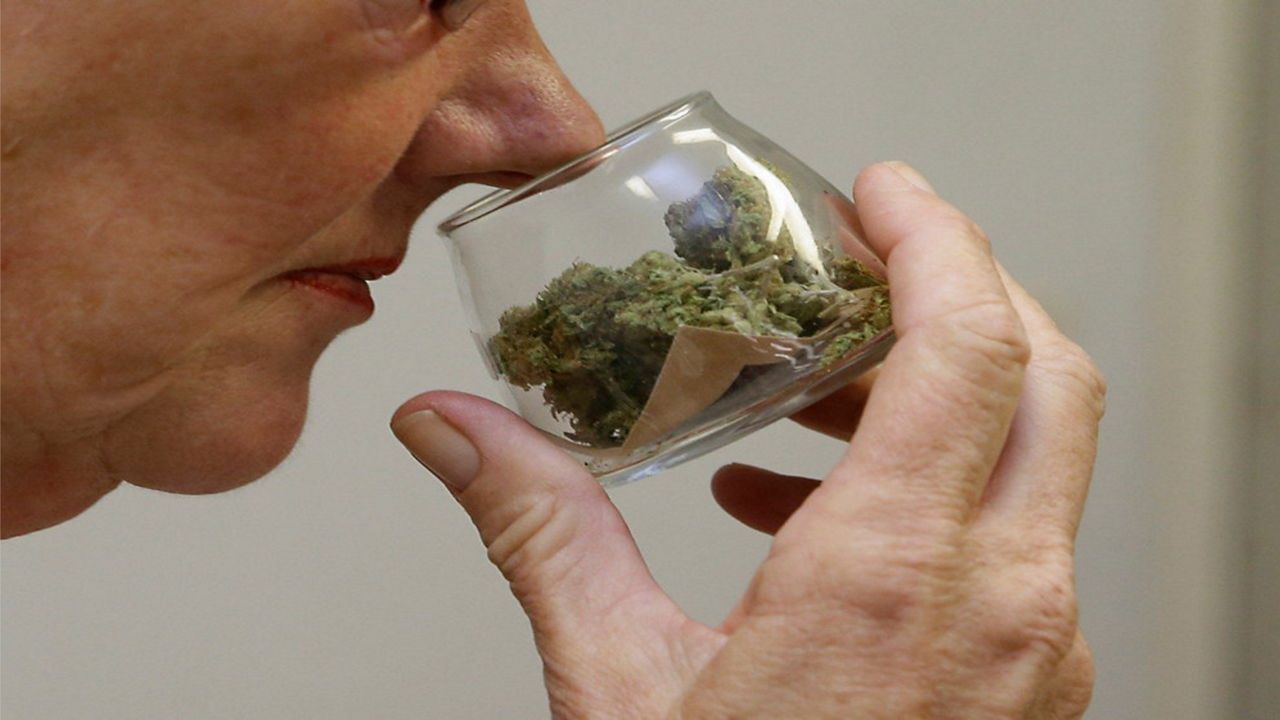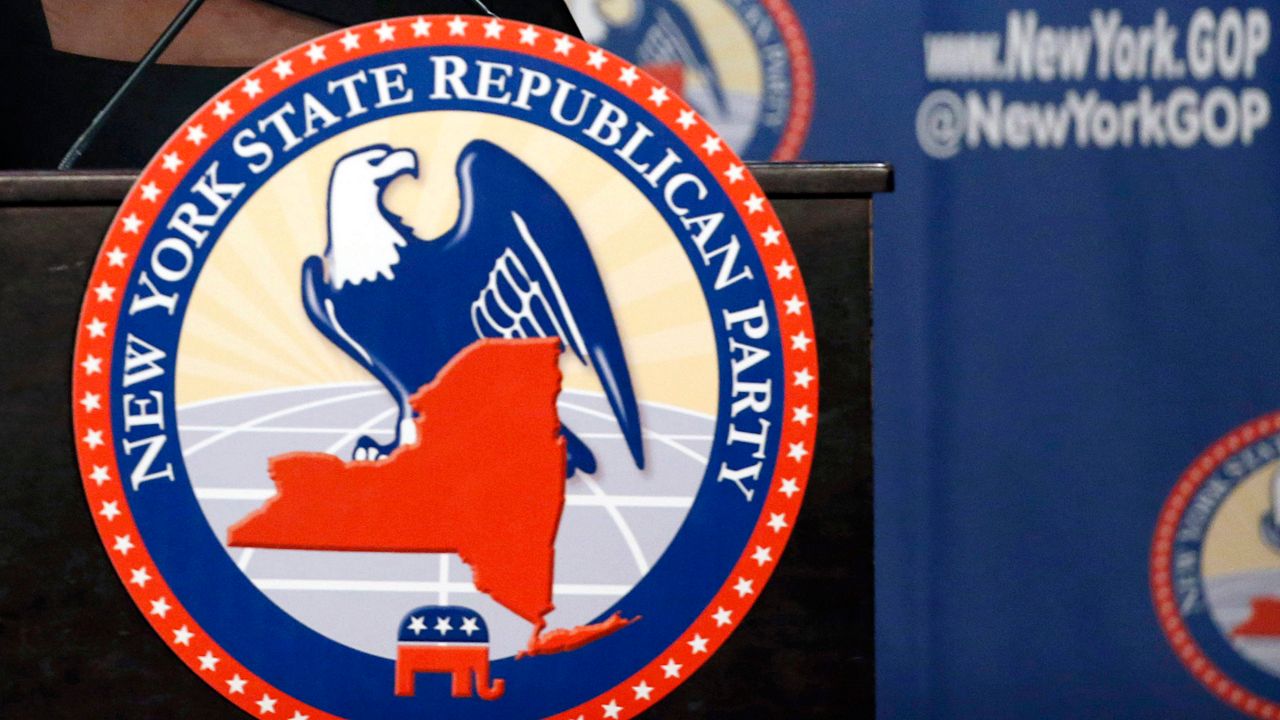Construction has started on the longest stretch of the Champlain Hudson Power Express — a 339-mile transmission line to bring clean hydropower from Canada to New York City.
Gov. Kathy Hochul, multiple officials and lawmakers gathered Wednesday morning for an indoor groundbreaking at the Whitehall Castle to celebrate the start of construction in the North Country town. The longest stretch of the line spans 17.6 miles through Washington County.
The project is expected to create about 1,400 jobs in 15 unions across 22 disciplines.
"We're charting a whole new course for our state ... making these historic investments and how we empower our communities and create opportunities for those good-paying jobs," Gov. Hochul said. "Why aren't we just continuing with the way we've always done it? Because often, the status quo is the easiest path. ...We have to take bold steps today to right the wrongs of the past."
CHPE is expecterd to deliver 1,250 megawatts of clean energy, or enough to power 1 million New York City homes — about 20% of the city's electric demands.
Power cable lines will be installed underground and underwater for an estimated cost of $2.2 billion. The transmission line is expected to start full operations in the spring of 2026. It's expected to reduce carbon emissions by 37 million metric tons in its first 10 years.
That's equivalent to removing about 500,000 cars off New York roads, Hochul said, adding it will significantly reduce the state's carbon footprint.
The project will be developed by Transmission Developers Inc. Hydro-Québec will share ownership of the transmission line in the province of Québec with Mohawk Council of Kahnawà:ke, an Indigenous community in south Montréal.
"To fight climate change, to move our economies to cleaner energy, we bneed to work together as a region," said Pierre Despars, Hydro-Québec's executive vice president of strategy and development."
The on-time completion of CHPE is integral to supplying the state's power grid in the coming years as other fossil fuel systems retire, according to a report from the New York State Independent Operator.
It comes as New York works to meet the lofty climate goals legislated in the Climate Act, that requires transitioning to 70% renewable energy by 2030 and significant reduction of greenhouse gas emissions.
State Department of Environmental Conservation Commissioner Basil Seggos sand state Department of Labor Commissioner Roberta Reardon were also in attendance.
The CHPE project includes a $40 million Green Economy Fund to support residents living in low-income and minority communities to provide job training opportunities and the $117 million Environmental Trust Fund to improve the health of Lake Champlain and the Hudson and Harlem rivers.










)